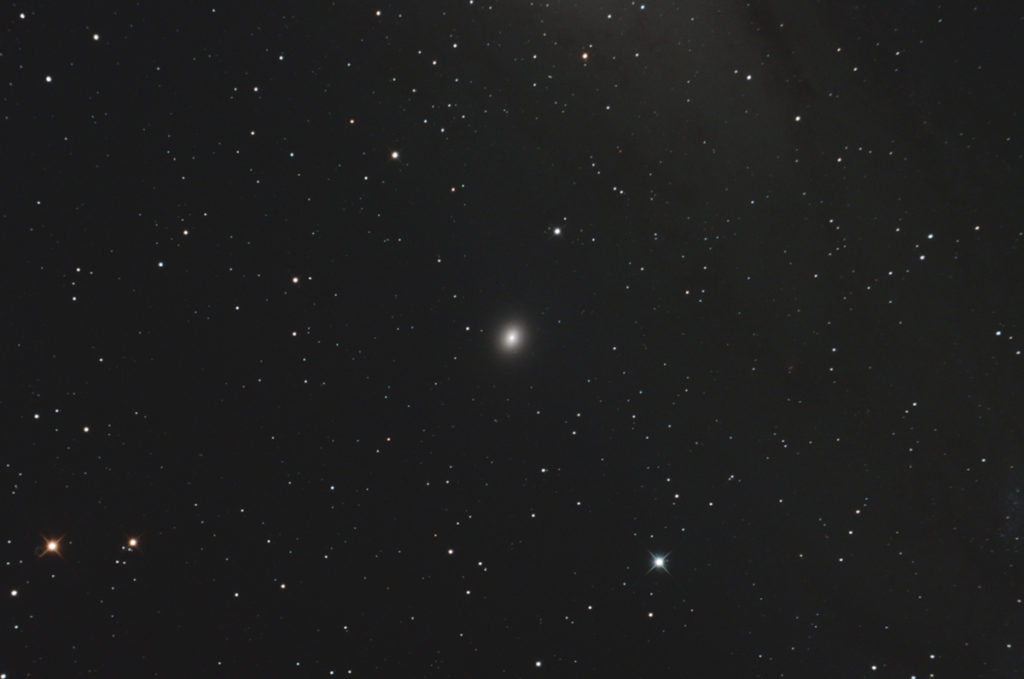
Telescope: Astro-Tech 8” f/8 Ritchey-Chretien, Orion Atlas EQ-G
Camera: ZWO ASI071MC Pro, -10C, Gain 200
Filter: 2” Orion Imaging Skyglow Filter
Guide scope: Astro-Tech 60mm, Meade DSI Pro II, PHD
Exposure: 22x240sec, saved as FITS
Darks: 32x240s, saved as FITS
Flats: 32×0.2sec, sky flats taken at dusk
Average Light Pollution: Red zone, Bortle 8, poor transparency
Lensed Sky Quality Meter: 18.2 mag/arc-sec^2
Stacking: Mean with a 2-sigma clip.
White Balance: Nebulosity Automatic
Software: Nebulosity, Deep Sky Stacker, Photoshop
M32 is the smaller and brighter of two prominent satellite galaxies of M31. If you look closely you can see the outskirts of M31 to the upper right of M32. M32 is a typical small elliptical galaxy composed primarily of older red and yellow stars and does not exhibit any significant star formation regions or dust. Interestingly, M32 may have originally have been a small spiral galaxy, but lost most of its stars to M31 as it passed through the disk of the larger galaxy. M31 and M32 also host super massive black holes in their cores; a 500 million solar mass hole occupies the core of M31 and a 100 million solar mass black hole lies at the center of M32. M32 is currently speeding back towards M31 at about 100 km/sec.
M32 along with M31 is currently well placed high overhead in the early evening. M32 is fairly easy to spot in the same field as M31 and in a small telescope it may appear as an out of focus star.
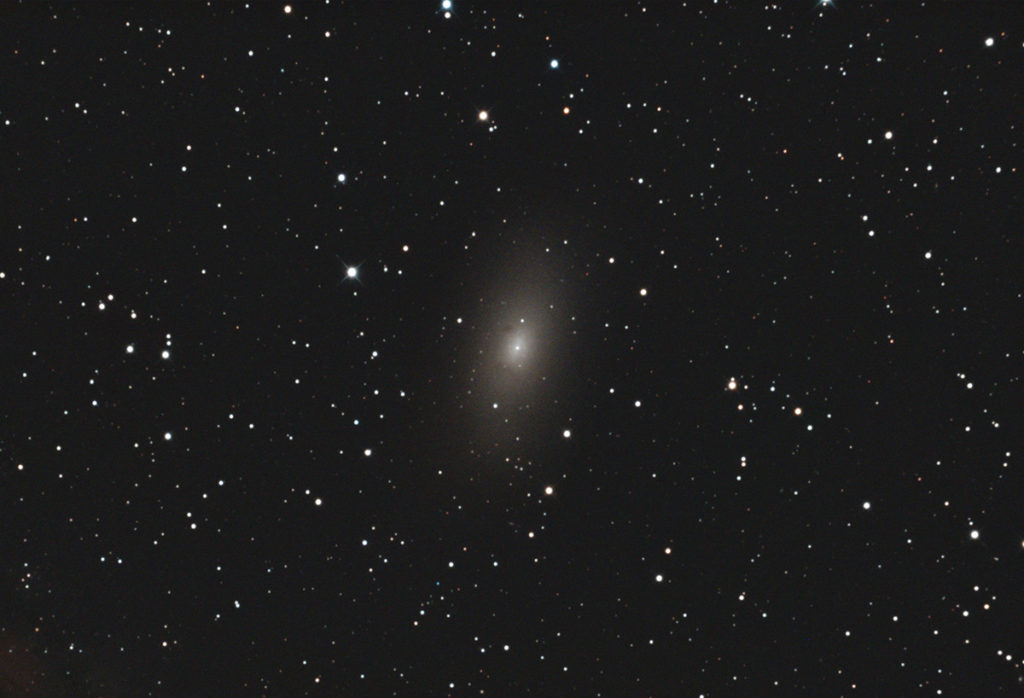
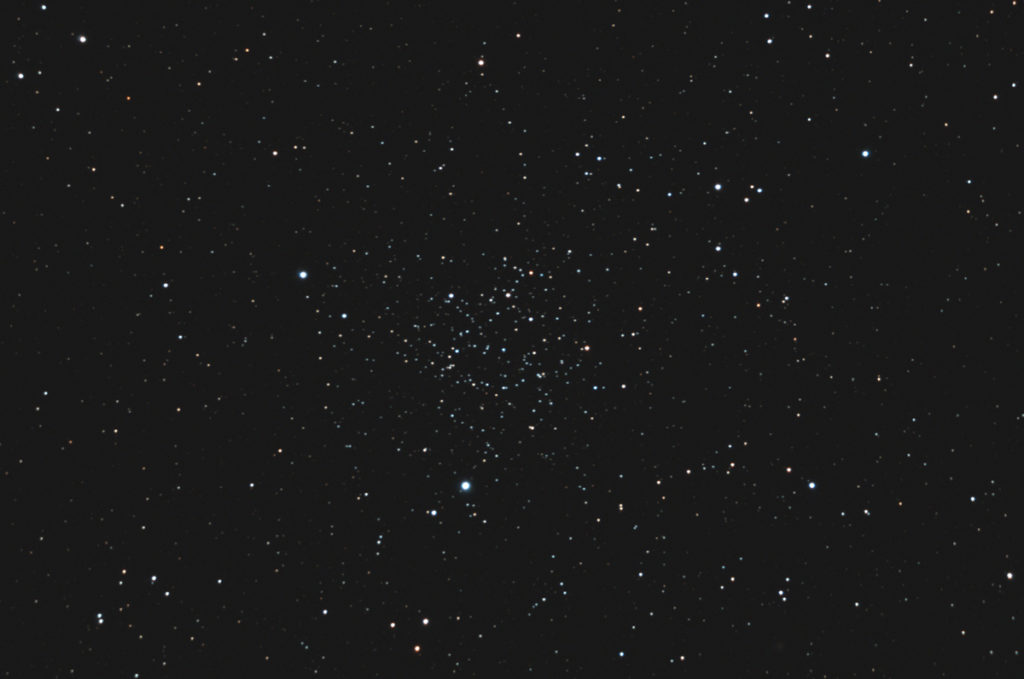
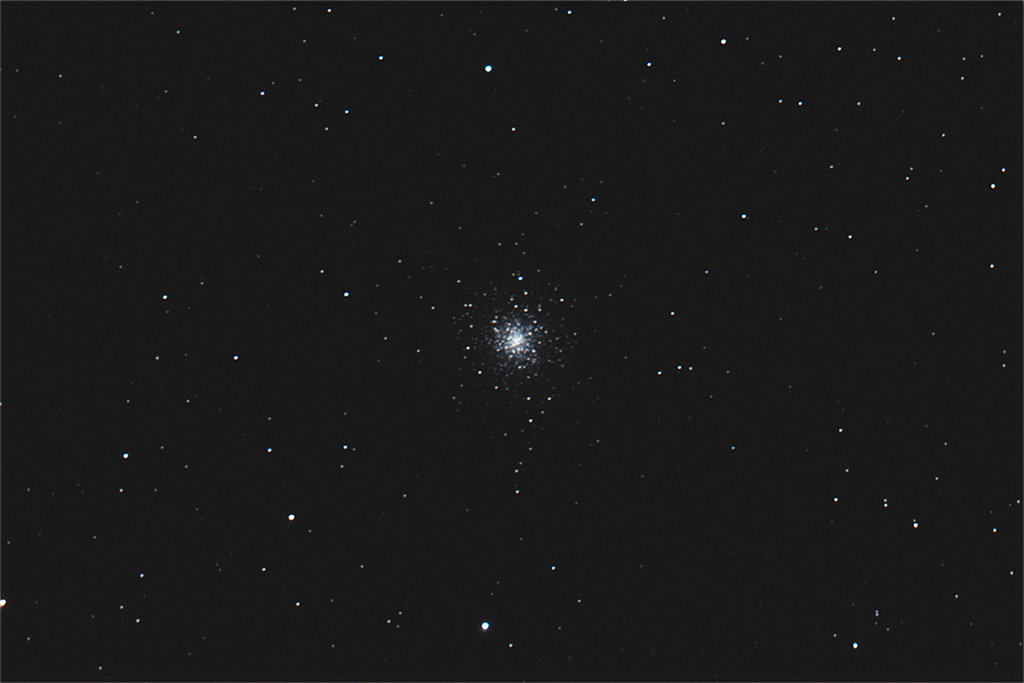
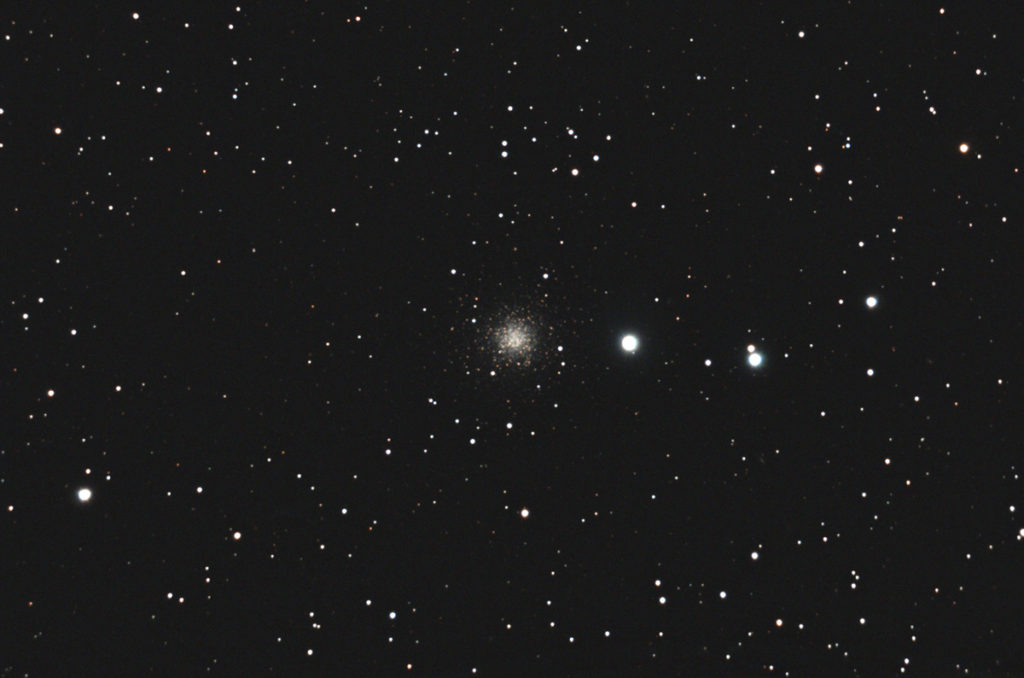
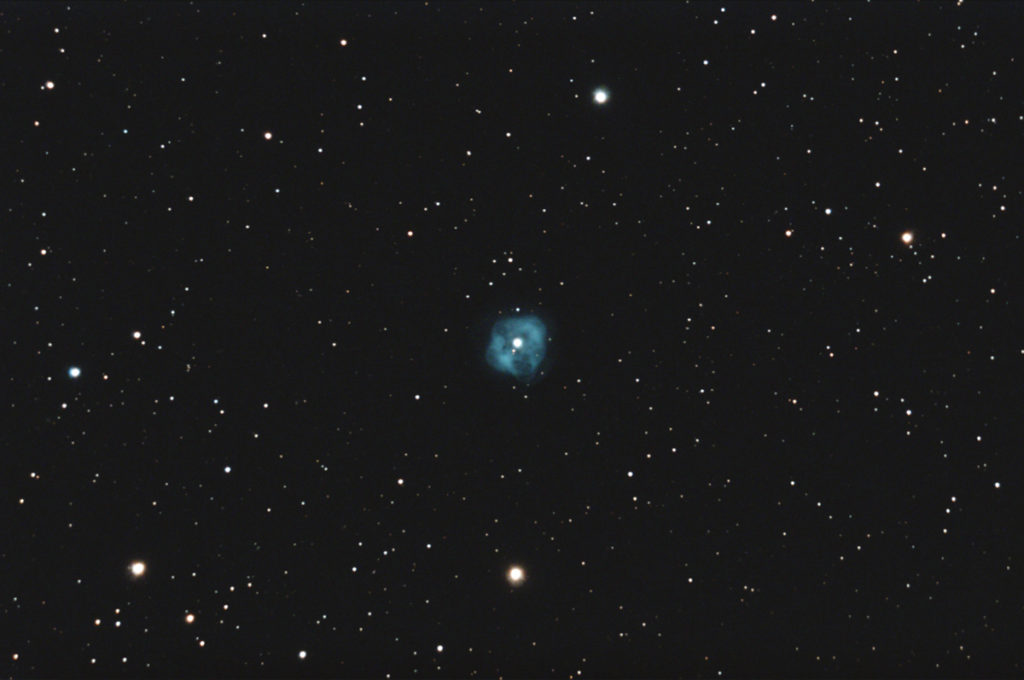
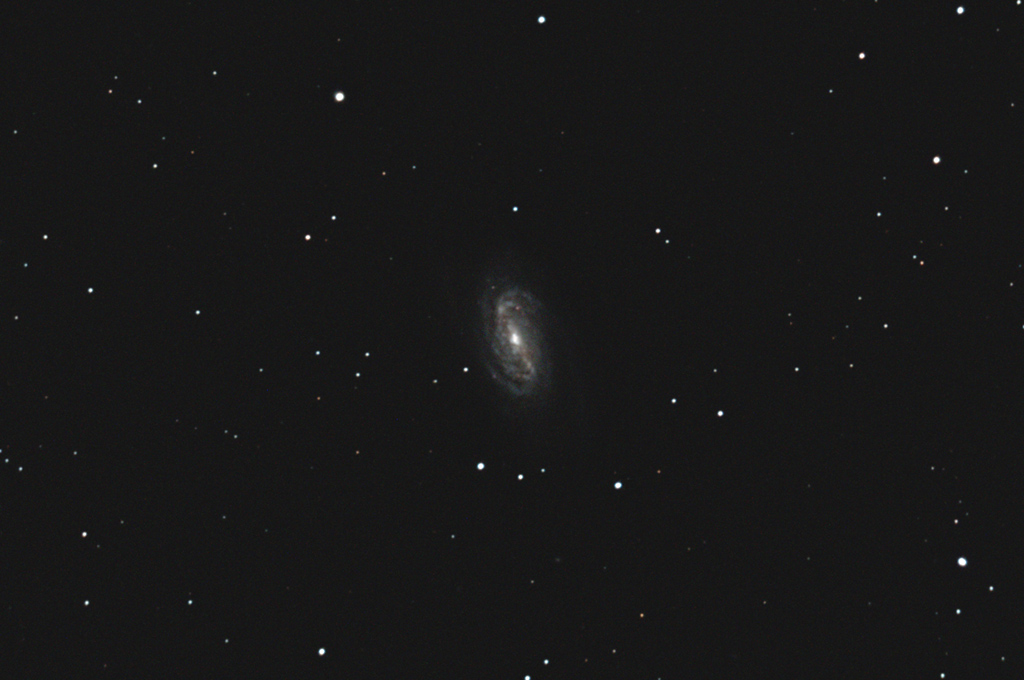
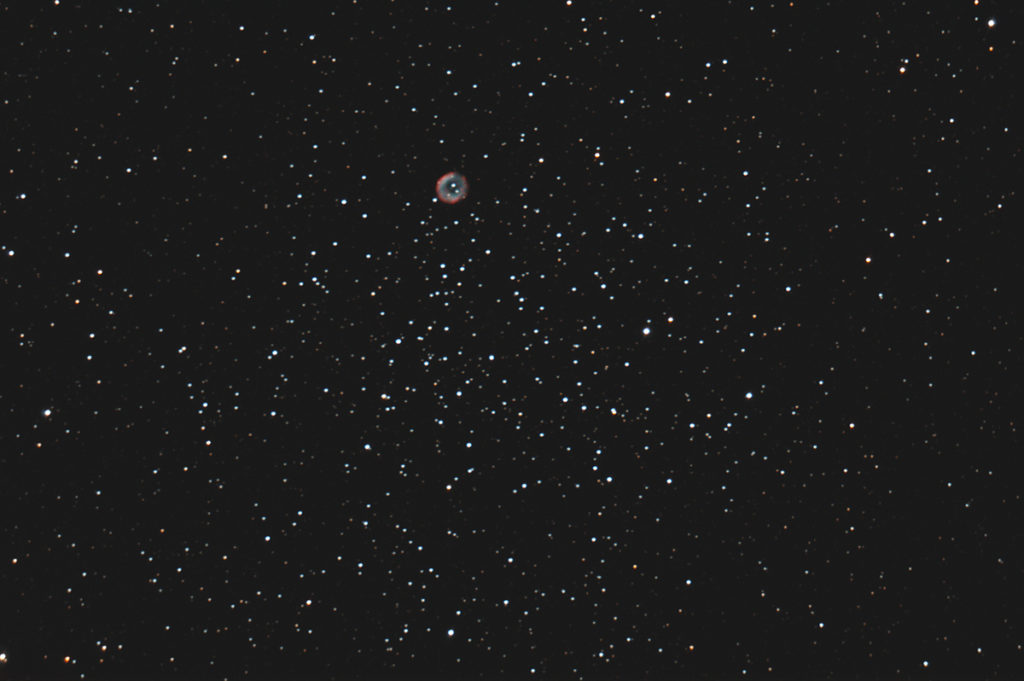
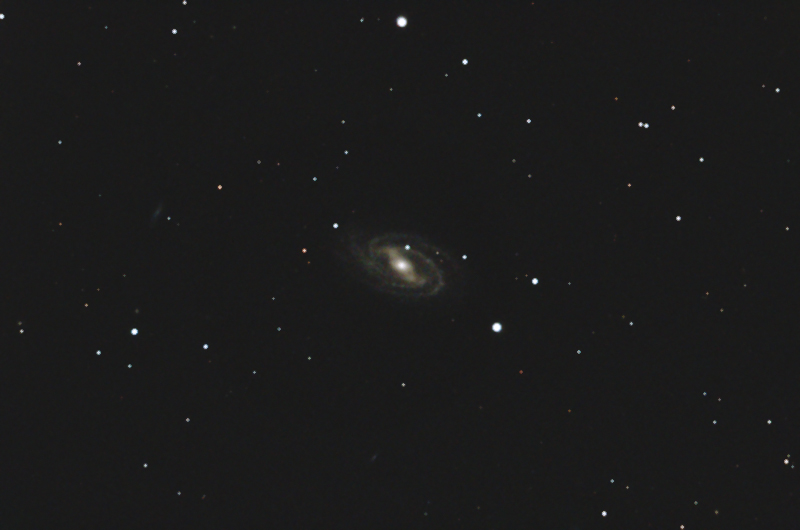
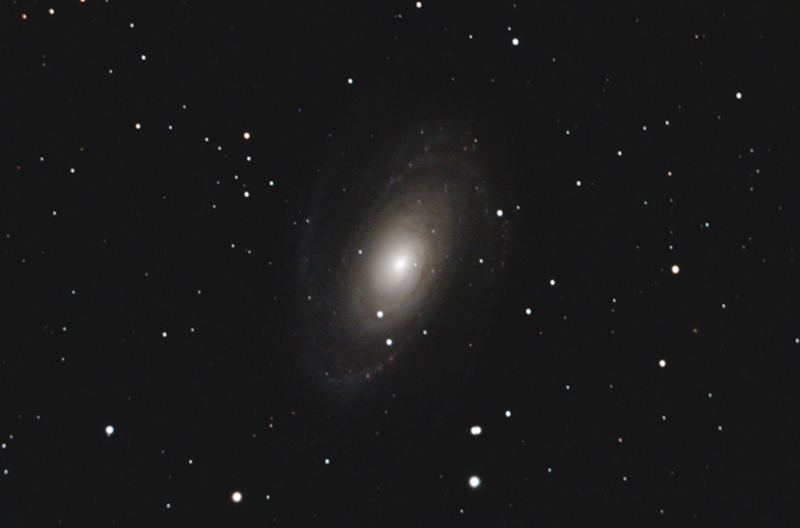
Recent Comments